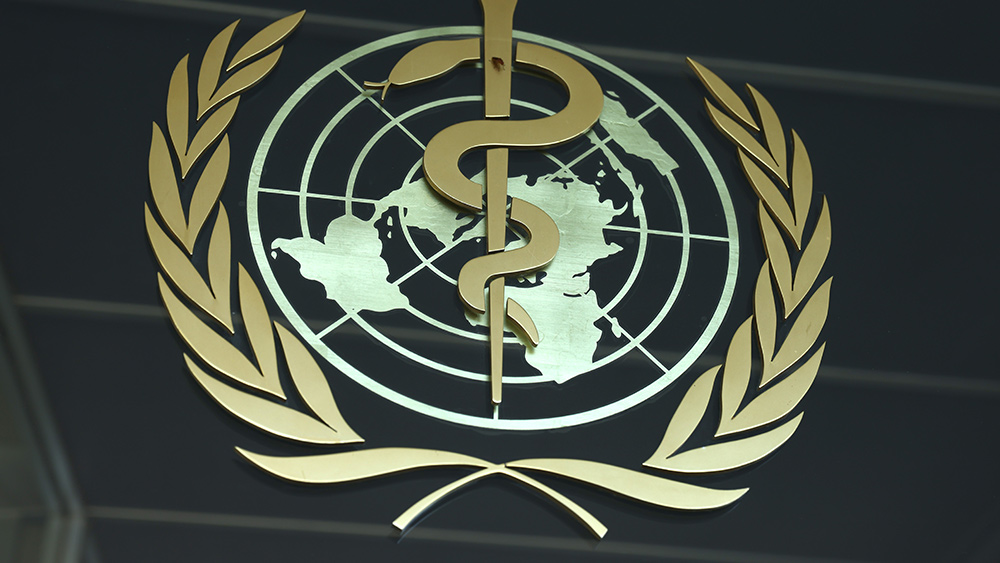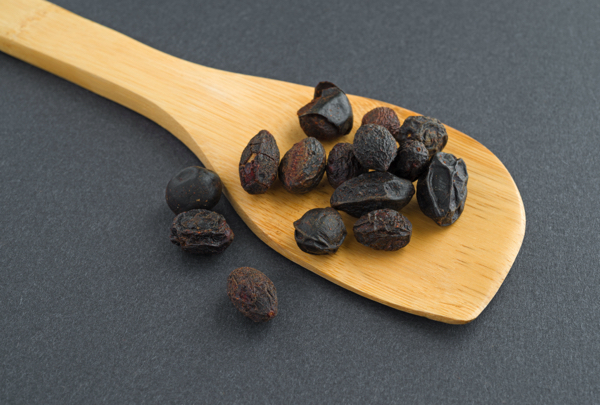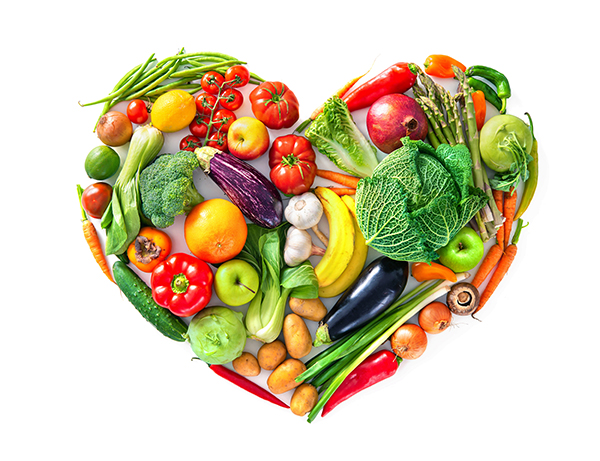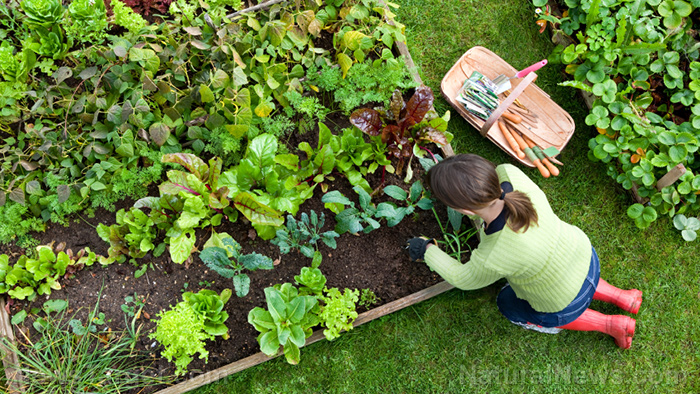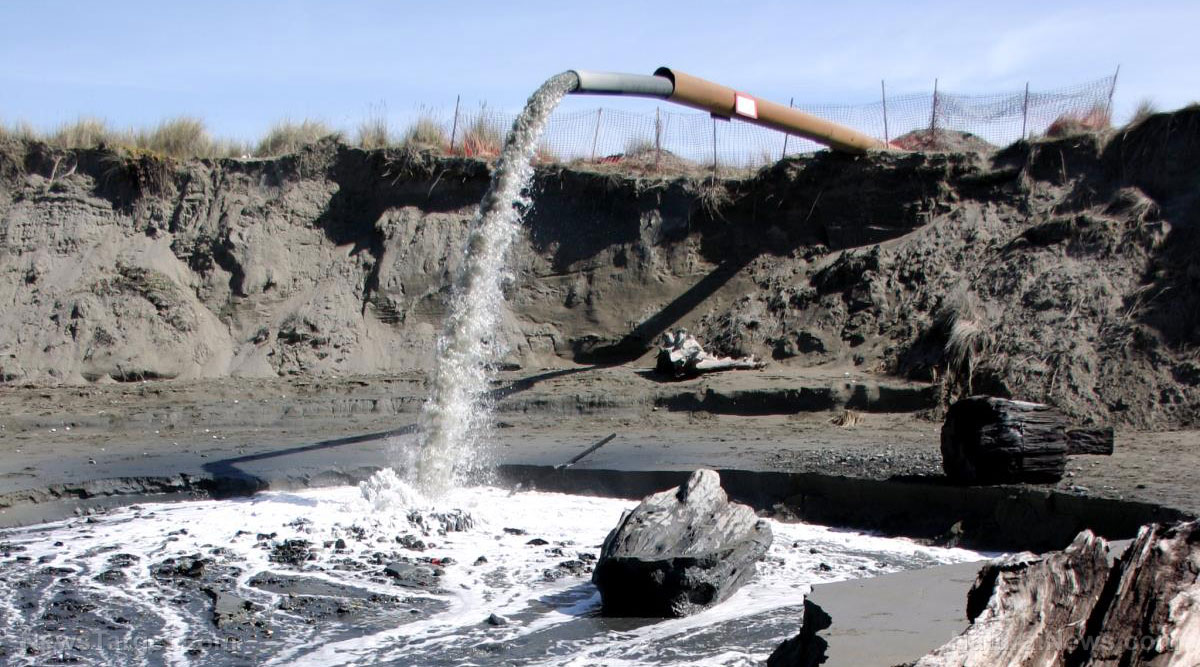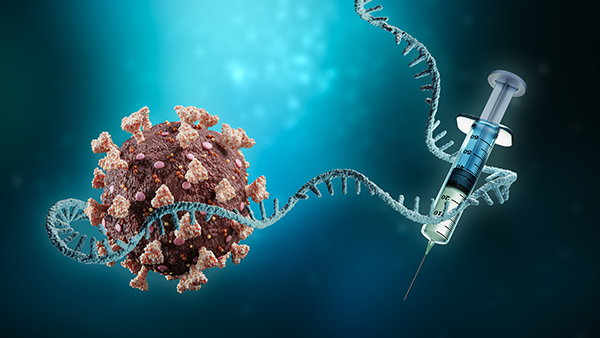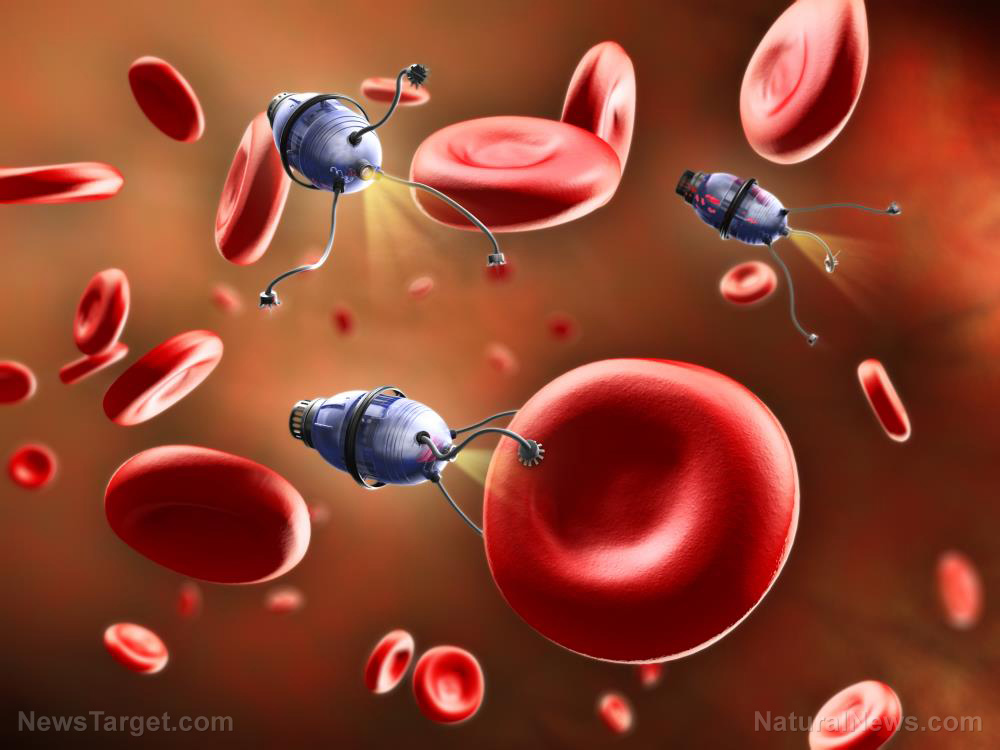The stinging nettle survival secret: How this “weed” outpaces Big Pharma and industrial agriculture in nutrition and allergy treatment
05/13/2025 / By Lance D Johnson

Most people recoil from stinging nettle’s fiery sting, unaware they’re shunning one of nature’s most potent survival resources—a plant that delivers more nutrition than supermarket greens and more medicine than pharmacy shelves. While corporations push synthetic supplements and processed foods, this resilient herb grows freely worldwide, offering unmatched levels of bio-available iron, protein, and anti-inflammatory compounds. Historical records reveal nettle sustained populations through famines, wars, and plagues when other systems failed. Today, as food insecurity rises and chronic illness spreads, rediscovering nettle’s forgotten uses becomes an act of defiance against dependence on broken systems.
Key points:
- Stinging nettle contains up to 25% protein by dry weight, surpassing spinach and rivaling meat in iron content
- Clinical studies confirm its effectiveness for allergies, arthritis, and blood sugar regulation—without pharmaceutical side effects
- Traditional preservation methods (fermentation, smoke-drying, cellaring) create long-term survival food stocks
- Foraging requires careful handling but rewards with year-round free nutrition and medicine
- Historical use by Vikings, WWII resistance fighters, and indigenous cultures proves its crisis-worthiness
Nature’s multivitamin vs. industrial food systems
While agribusiness spends billions convincing consumers that nutrition comes from fortified cereals and synthetic supplements, stinging nettle delivers a full spectrum of nutrients in their natural synergistic forms. A 2021 study in Food Chemistry found that just 100g of blanched nettle provides:
- 42% DV iron (double spinach’s content)
- 644% DV vitamin K (critical for blood and bone health)
- More calcium than milk by weight
“Modern malnutrition isn’t about quantity—it’s about quality,” says herbalist Judith, who witnessed urban communities in New York City regain vitality through nettle tea. “When you drink nettle infusion, you’re getting minerals in the exact ratios your body recognizes.”
This nutritional profile explains why Russian soldiers during WWII carried nettle seed rations and why Irish famine survivors credited the plant with preventing scurvy when citrus wasn’t available. Unlike corporate-controlled food chains, nettle thrives without pesticides, GMOs, or patented seeds—a living rebuke to the industrial food complex.
The forbidden medicine: Nettle’s proven health benefits suppressed
Peer-reviewed research confirms what herbalists have documented for centuries:
- A 2017 Phytotherapy Research study showed nettle root extract reduced benign prostate hyperplasia symptoms as effectively as finasteride—without the drug’s sexual side effects.
- Journal of Rheumatology research demonstrated that applying fresh nettle leaves (urtication) relieved osteoarthritis pain by 50% through natural histamine response.
- German Commission E—their equivalent of the FDA—officially approves nettle for urinary tract infections and kidney stones.
Despite this evidence, mainstream medicine continues pushing expensive pharmaceuticals. “Doctors prescribed me three different allergy medications that made me drowsy,” reports a forager from Oregon. “Nettle tea worked better than all of them—and it’s free.”
Survival protocols from history’s toughest eras
When supply chains collapse, nettle’s versatility becomes lifesaving:
1. The Leningrad Siege Solution (1941-1944)
Starving residents made flour from dried nettle leaves and seeds, mixed with pine bark. Doctors observed that those consuming nettle avoided the edema and wasting seen in others.
2. Viking Longship Provisions
Archaeological evidence shows Norse explorers fermented nettle with sea salt and juniper berries—creating a vitamin C-rich food that prevented scurvy during Atlantic crossings.
3. Appalachian Depression-Era Remedy
Mountain families used nettle-stuffed mattresses to relieve arthritis, while the tea treated anemia from poor diets.
Modern preppers adapt these methods:
- Nettle pemmican: Mix powdered dried nettle with rendered fat and dried berries
- Smoke-cured chips: Preserve without refrigeration using indigenous techniques
- Electrolyte powder: Combine dried nettle, seaweed, and Himalayan salt
As economic instability grows, the ability to identify and process wild foods like nettle transforms from hobby to essential skill. The plant’s presence in urban alleys and rural ditches makes it the ultimate egalitarian resource—available to all, controlled by none.
“Twelve years ago, my neighbors feared my nettle patch,” recalls a Michigan homesteader. “Now they ask for cuttings after seeing how it improved my anemia.” This shift mirrors a broader awakening: true security comes not from dependence on systems, but from reclaiming forbidden knowledge. The stinging nettle’s lesson is clear. That which is dismissed as a weed often holds the solutions we’ve been trained to buy.
Watch this video from Natural Cures: Health Benefits of Stinging Nettle (Urtica Dioica)
Sources include:
Submit a correction >>
Tagged Under:
allergy treatment, arthritis relief, backyard pharmacy, famine foods, food freedom, foraging, herbal remedies, historical remedies, holistic health, iron deficiency, natural medicine, nutrient density, Off Grid living, prepper skills, resilience, self sufficiency, Stinging Nettle, survival food, sustainable living, wild edibles
This article may contain statements that reflect the opinion of the author


